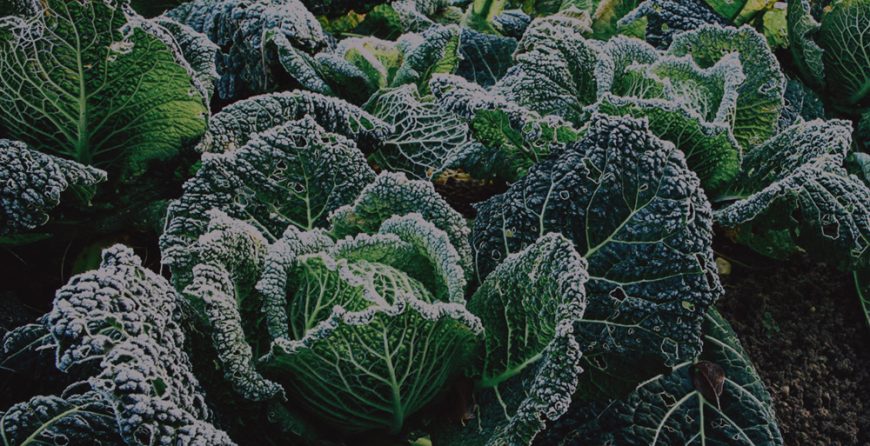 Despite winterizing their homes, cars, and boats, gardeners have never embraced the idea of winterizing their garden. As such, the coming winter does not mean that you should not have a healthy and nutrient rich garden. You just need to dedicate time and resource for a little work that will retain your garden’s health. Gardening winterization helps plants to survive the tough winter days and also ensures that your garden produces colorful flowers during spring. Here are things to do to help ensure that you winterize your garden properly if you live in a region that experiences freezing temperatures, snow or frost.
Despite winterizing their homes, cars, and boats, gardeners have never embraced the idea of winterizing their garden. As such, the coming winter does not mean that you should not have a healthy and nutrient rich garden. You just need to dedicate time and resource for a little work that will retain your garden’s health. Gardening winterization helps plants to survive the tough winter days and also ensures that your garden produces colorful flowers during spring. Here are things to do to help ensure that you winterize your garden properly if you live in a region that experiences freezing temperatures, snow or frost.
How to winterize your garden
Understand your USDA zone
Understanding your USDA zone means knowing how extreme the low winter temperatures can get within your region. The information is offered online on the USDA website. It lists the expected first frost dates as well as the last frost dates. Use this information to design a garden winterization plan. At this point, it is important to contact an experienced organic gardener with gardening winterization experience. They help in making a suitable winterization plan that will favor your garden.
Chop, clip, cut and clean
The next step is tidy up the garden by removing plant remnants, debris and spent stalks that may harbor pests and diseases during winter. Remove the dying or dead foliage to give your garden a neat and cared for look. If you have plant debris that is pest and diseases free, add them to your compost and ensure that you burn the plant and weeds that have pests and diseases.
Get rid of invasives
Invasive plants are weeds, unwanted plants and any plants that grow in your garden, yet you did not plant them. They consume the nutrients that your plants should be consuming for healthy growth. So, be careful when handling the invasive plants. You can either burn them and their seed heads away from your garden or place them in a covered garbage container. Note that, you should never place them in your compost container because they will regrow once you spread the compost on your garden.
Divide perennials
Fall is the ideal time to divide your plants. However, they should be divided at least six weeks before the ground starts to freeze to ensure that they get properly established on the ground before freezing begins. Some of the plants that should be divide are those that do not flower as vigorously as they should.
Care for the bulbs
Bulbs are quite delicate and may not survive the harsh winter temperatures. So, they should be dug up and stored in an area with the right survival temperatures; store them in an area where their chances of freezing are little to none. Place them on newspapers and dry them under the sun for some weeks, place them in a container and cover them with either sand, sawdust, vermiculite or perlite until the planting season arrives. If you predict a hard freeze, add an extra layer of mulch to bulbs that you may have left on the ground.


